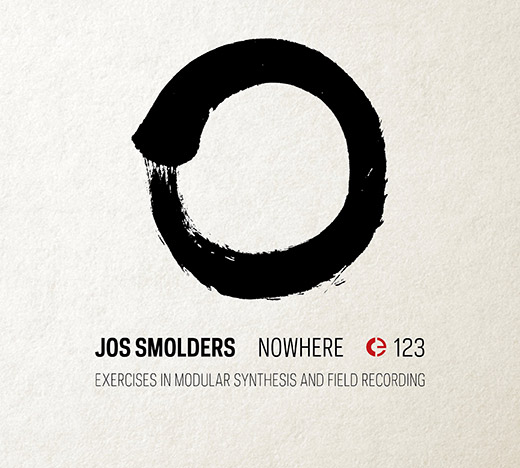Those who have seriously attempted to operate a synthesizer know from experience how easy getting lost in the meanders of programming is. In a plurality of parameters and wave shapes, finding a way to produce a decent result – let alone a beautiful one – is not exactly a walk in the park when the necessary practicality is missing. Moreover, in order to achieve that goal a whole life of intense listening and, in turn, a thorough understanding of the constitutional particles of sound are required. Unsurprisingly, the large part of synth-based contemporary wallpaper exploits presets, either in “as is†mode or with the slightest modification. It’s an ever-expanding blob of mediocre homogeneity with a risible percentage of artistic meaningfulness.
The decision of leaving intuition primarily in charge of a process of creation – thus putting the mind temporarily out of business – can be problematic. The border between dignity and irrelevance is a dangerous place: chaos is acceptable if a regulating entity is ready to break in. In the work of Jos Smolders, the awareness of the so-called “inside structure†defining every intelligent human being represents a decisive factor. His music is “free†in the widest acceptation of the adjective, but still characterized by a high degree of compatibility: not only with a hypothetical audience, but also with surrounding environments that may range from utterly silent to heavily vociferous. Smolders’s choice of combining synthetic emanations with vague apparitions of reality certifies a truth: what we really hear – be it from an instrument, a recording, or the outside world – is often determined by our interior extensions rather than the actual source.
In that regard, Nowhere straightens up the wrong tendencies of the psyche which, given man’s self-damaging nature, would reject anything not organized according to individual preferences. Some of these textures bring instant comfort, captivating as they are in their glowing warmth. Elsewhere, a quantity of unconscious analysis is needed to capture the vibrational impact of the intrinsic pulses; rarely intricacy and naturalness look so entwined. Smolders extracts luminousness from blackness; delineates cosmic implausibility with considerate gestures; reinforces with radiant tones what was born inconsistent. After silence falls, what remains is an almost tactile integrity: something that can neither be taught, nor described in mere words.

